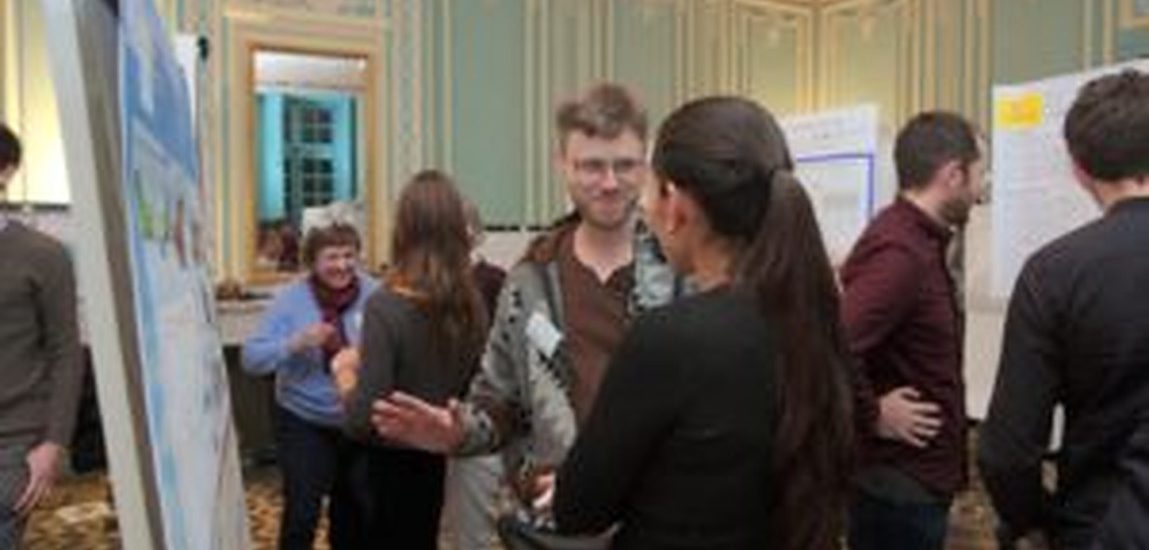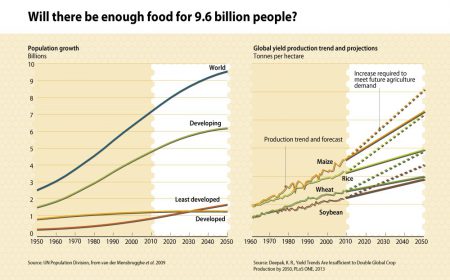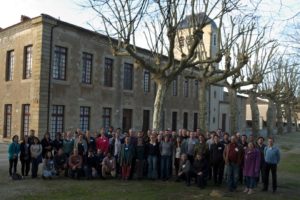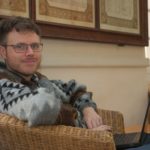
Metal stable isotopes: a tool for improving sustainable land-use in tropical regions
Metal Stable Isotope Geochemistry Workshop – Final Workshop of the ITN IsoNose
I am very grateful that the EAG supported me to attend “The International Conference and final IsoNose workshop “Metal Stable Isotope Geochemistry”, which took place from January 8-11 2018 in a beautiful French abbey in Sorèze, France.
The participants of this conference came from 14 countries and aimed to discuss a great variety of different topics about metal stable isotopes that included: 1) stable metal isotope fractionation from laboratory to global scales, 2) stable metal isotopes as environmental tracers or exploration tools and 3) analytical and computational developments.
In particular, I wanted to learn more about the use of metal stable isotopes as environmental tracers and as a tool for exploring metal ores that may help to improve sustainable land use in tropical regions.
Especially as in approximately 30 years, world population will grow by over a third and 9.6 billion individuals will live on Earth1. With this enormous ever increasing expansion, the demand for food will rise to a very high level and crop production rates must keep pace. This relationship is demonstrated in Fig.1, providing an overview of how world population must be balanced with higher yield production until 2050.

As a result of this increasing food demand, it is estimated that almost all arable land expansion will take place in sub-Saharan Africa and Latin America3. Rising population numbers in developing countries are not solely characterised by increasing food demand, and substantial amounts of economic metals and energy sources are required as well, which means that the exploitation of land surfaces will continue. Unfortunately, these phenomena are often linked to deforestation with profound ecological impact and climate change. A good example of this problem is given by Colombia, where I currently live. Colombia is the second most biologically diverse country on Earth and it was estimated by the United Nations in 2003 that up to 100,000 hectares of native forest are lost every year due to small-scale agricultural activities, mining and large-scale agriculture4. Hence, the improvement of sustainable land use in affected areas in Colombia and other countries of Latin America may help to combat such problems.
Moreover, this conference provided me with the opportunity to present and discuss my own findings about the use of Zn isotopes as potential tracer for sustainable farming practices in tropical countries in a talk and poster.
I was very pleased to learn about the use of copper isotopes by Ryan Mathur who gave a very interesting talk on copper isotope variations in waters, soils, plants and weathered rocks that can be used to find buried metal ore deposits. Clearly, this talk inspired me with the idea that in particular in sensitive ecosystems that are covered by thick vegetation covers, the application of Cu isotopes could hinder the devastation of sensitive ecosystems. Therefore, I am very optimistic that future research with different metal stable isotope systems is a useful mean to understand Earth surface processes better, and most importantly, can support sustainable land use in challenging environments.
I really enjoyed the conference and would recommend early career scientist to attend similar events. The advantage of smaller conferences is that they are often more personal so that it is easier to get in touch with other scientists to exchange research ideas. Therefore, such conferences are very useful to widen and strengthen professional networks.

References
1UN Population Division, from van der Mensbrugghe et al. 2009, and Deepak, K. R., Yield Trends Are Insufficient to Double Global Crop Production by 2050, PLoS ONE, 2013.
2http://www.grida.no/resources/8183
3http://www.fao.org/fileadmin/templates/wsfs/docs/Issues_papers/HLEF2050_Global_Agriculture.pdf
About the author

Nils Suhr is a PhD candidate at Trinity College Dublin. His PhD research focuses on understanding the origin of deficiency in soil and crops grown on metal deficient soils through the use of elemental and isotopic fingerprints. Currently, Nils lives in Bogotá, Colombia, where he is finishing writing his PhD thesis.
